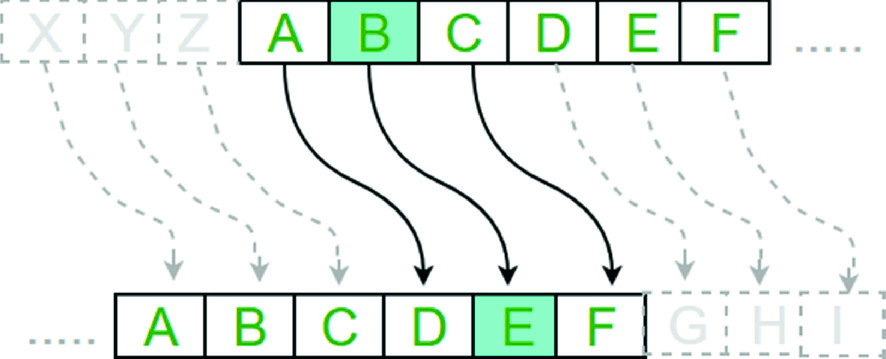reading-notes2
https://m7madmomani2.github.io/reading-notes2
About Caesar cipher
- Caesar cipher…
known as Caesar’s cipher, the shift cipher, Caesar’s code or Caesar shift, is one of the simplest and most widely known encryption techniques. It is a type of substitution cipher in which each letter in the plaintext is replaced by a letter some fixed number of positions down the alphabet. For example, with a left shift of 3, D would be replaced by A, E would become B, and so on. The method is named after Julius Caesar, who used it in his private correspondence.

Breaking the cipher
-
The Caesar cipher can be easily broken even in a ciphertext-only scenario. Two situations can be considered 1) an attacker knows (or guesses) that some sort of simple substitution cipher has been used, but not specifically that it is a Caesar scheme; 2) an attacker knows that a Caesar cipher is in use, but does not know the shift value.
-
And it is also one of the earliest and simplest method of encryption technique. It’s simply a type of substitution cipher, i.e., each letter of a given text is replaced by a letter some fixed number of positions down the alphabet. For example with a shift of 1, A would be replaced by B, B would become C, and so on. The method is apparently named after Julius Caesar, who apparently used it to communicate with his officials.
Hashing :
Hashing is a type of cryptography that changes a message into an unreadable string of text for the purpose of verifying the message’s contents, not hiding the message itself.This type of cryptography is most commonly used to protect the transmission of software and large files where the publisher of the files or software offers them for download. The reason for this is that, while it is easy to calculate the hash, it is extremely difficult to find an initial input that will provide an exact match for the desired value.
Symmetric Cryptography :
Symmetric Cryptography, likely the most traditional form of cryptography, is also the system with which you are probably most familiar. This type of cryptography uses a single key to encrypt a message and then decrypt that message upon delivery.
Asymmetric Cryptography
Asymmetric cryptography (as the name suggests) uses two different keys for encryption and decryption, as opposed to the single key used in symmetric cryptography.
Key Exchange Algorithms
Although this particular type of cryptography isn’t particularly applicable for individuals outside of the cyber-security realm, I wanted to briefly mention to ensure you have a full understanding of the different cryptographic algorithms.